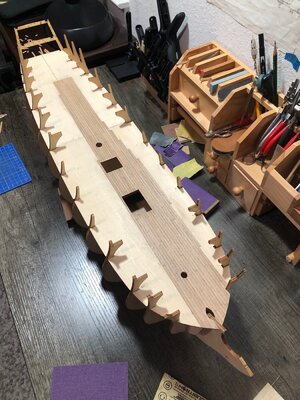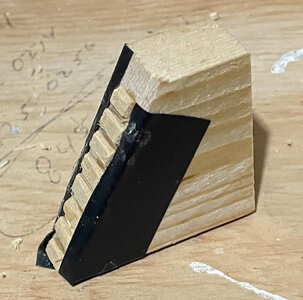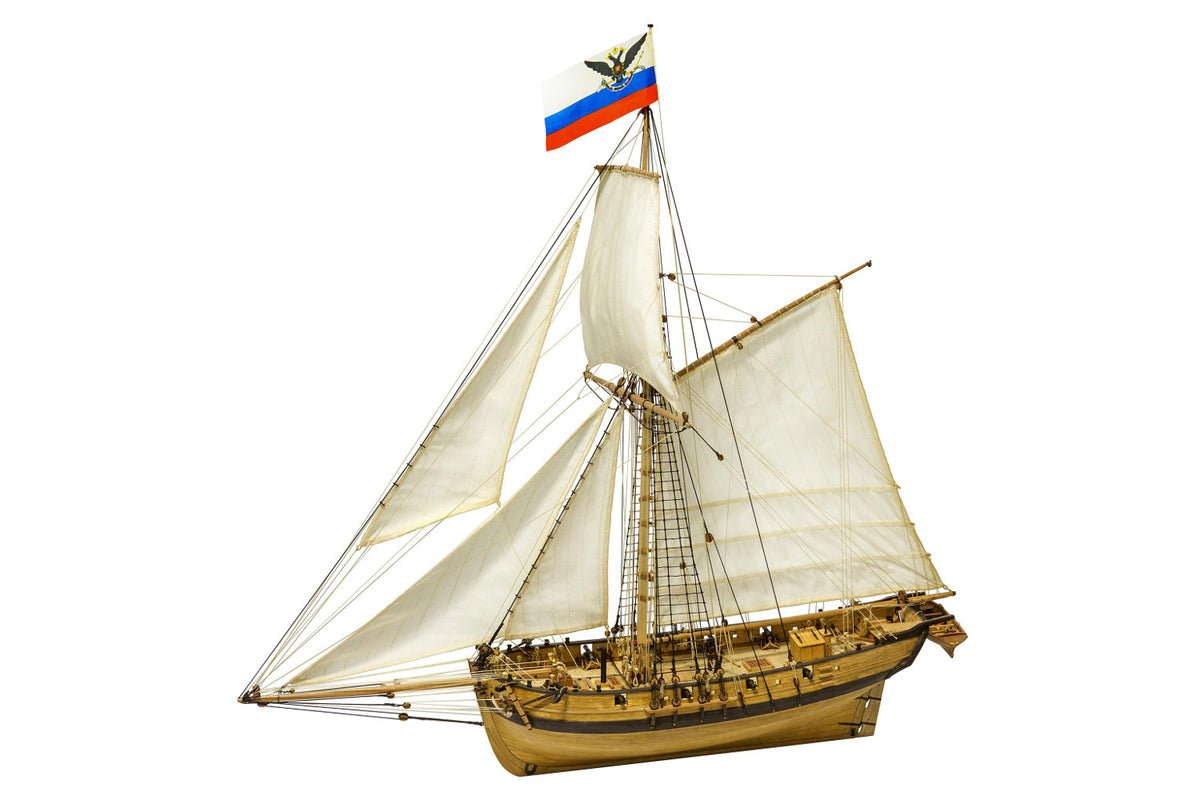Is it not easier, to cut in the false deck at the correct location some additional notches Or widen the existing one´s
Later on I guess, all the area of the deck will be planked with planking stripes so all notches will be covered anyhow.
BTW: also usually the part of the bulkheads higher than the deck will also be cut ..... only my fast opinion
Later on I guess, all the area of the deck will be planked with planking stripes so all notches will be covered anyhow.
BTW: also usually the part of the bulkheads higher than the deck will also be cut ..... only my fast opinion










